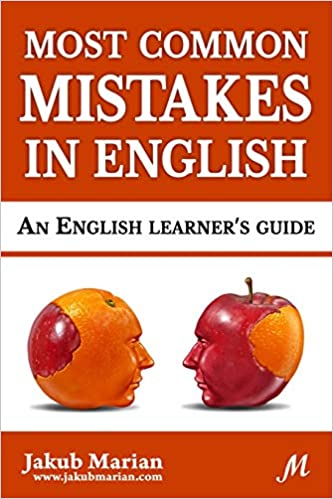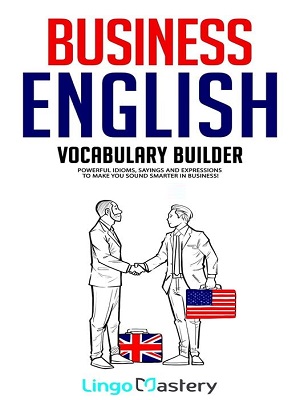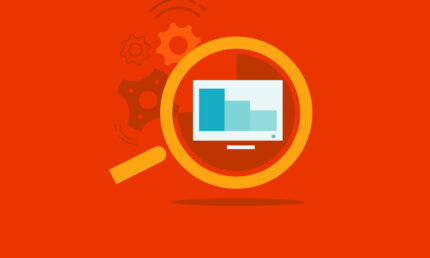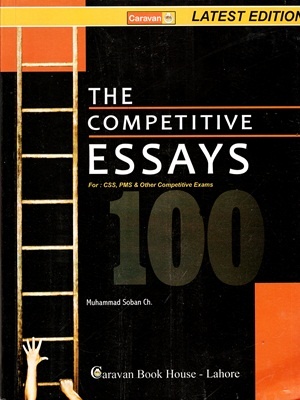Statistical ideas and methods underlie just about every aspect of modern life. Sometimes the role of statistics is obvious, but often the statistical ideas and tools are hidden in the background. In either case, because of the ubiquity of statistical ideas, it is clearly extremely useful to have some understanding of them. The aim of this book is to provide such understanding.
Statistics suffers from an unfortunate but fundamental misconception which misleads people about its essential nature. This mistaken belief is that it requires extensive tedious arithmetic manipulation, and that, as a consequence, it is a dry and dusty discipline, devoid of imagination, creativity, or excitement. But this is a completely false image of the modern discipline of statistics. It is an image based on a perception dating from more than half a century ago. In particular, it entirely ignores the fact that the computer has transformed the discipline, changing it from one hinging around arithmetic to one based on the use of advanced software tools to probe data in a search for understanding and enlightenment. That is what the modern discipline is all about: the use of tools to aid perception and provide ways to shed light, routes to understanding, instruments for monitoring and guiding, and systemsto assistdecision-making. All of these, and more, are aspects of the modern discipline.

























